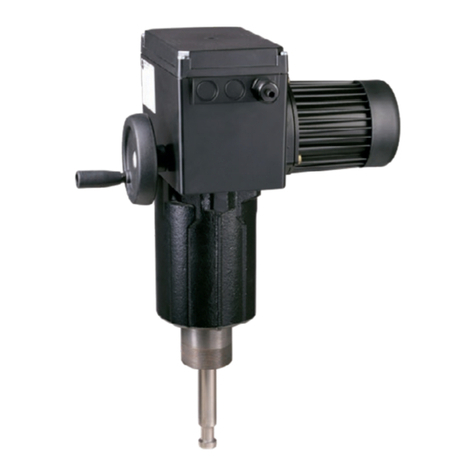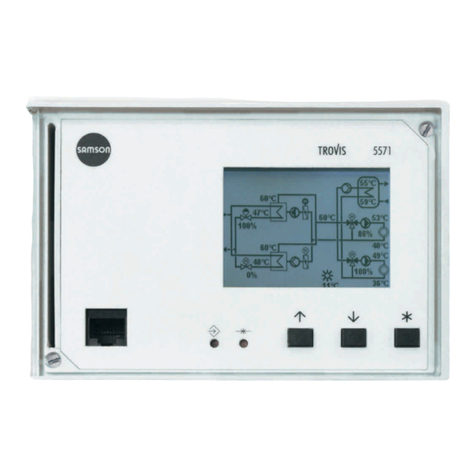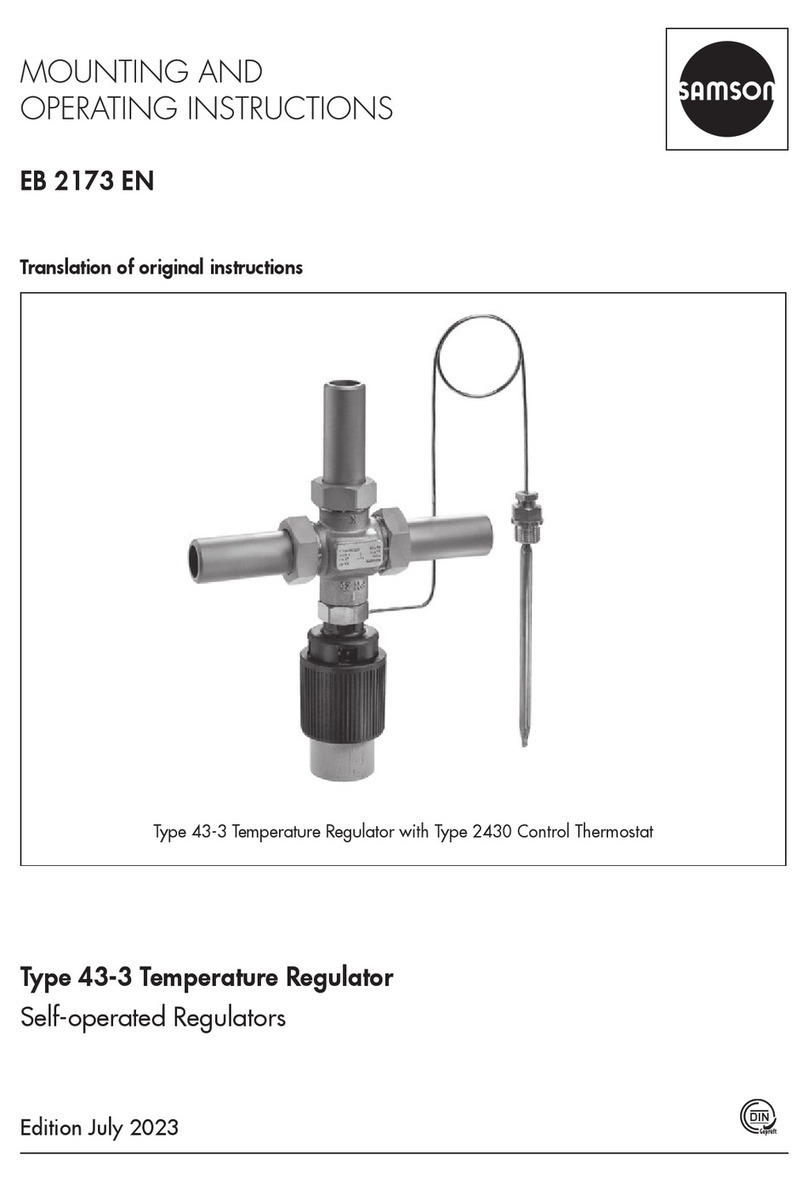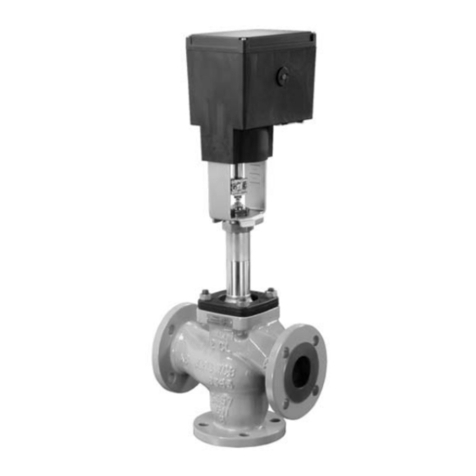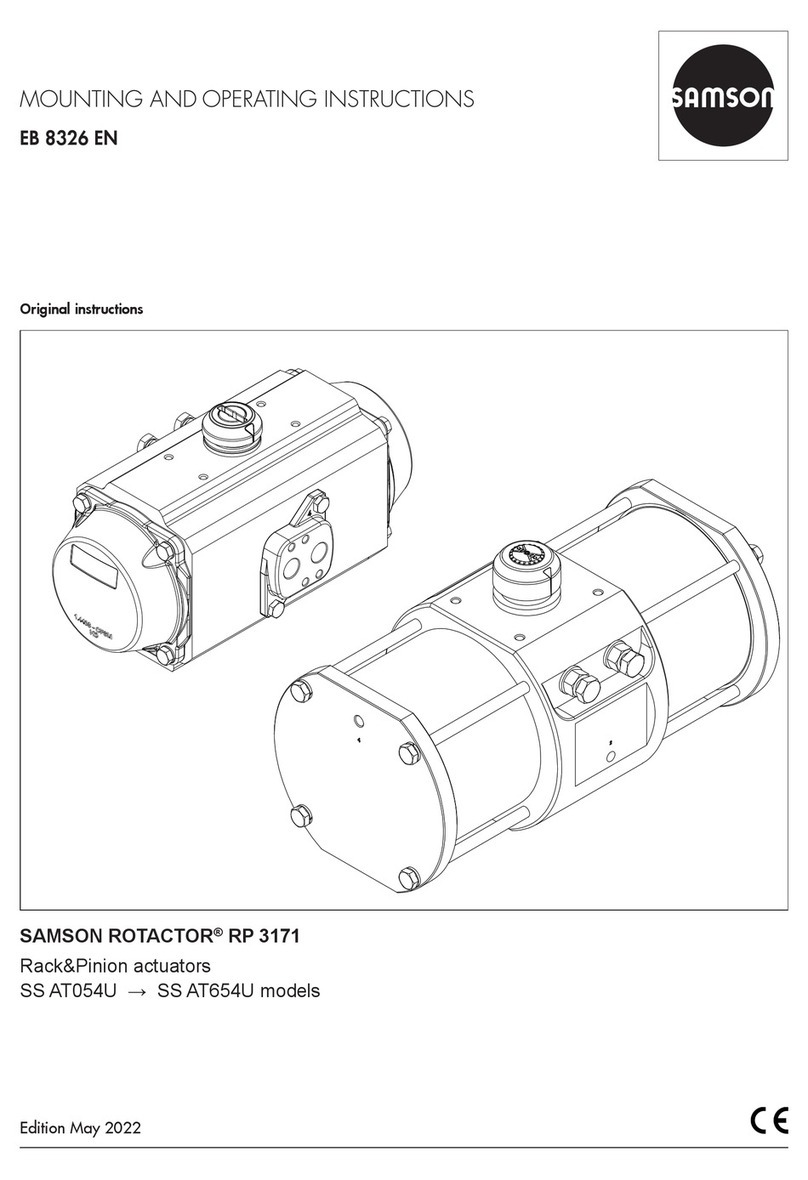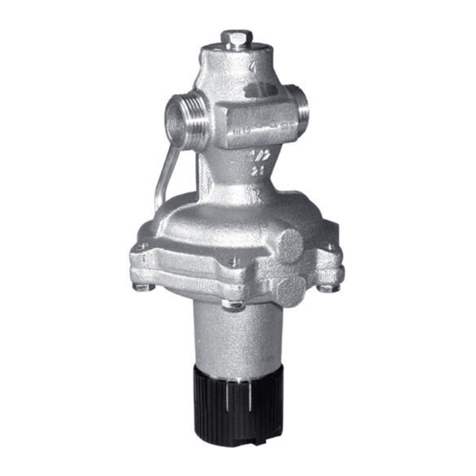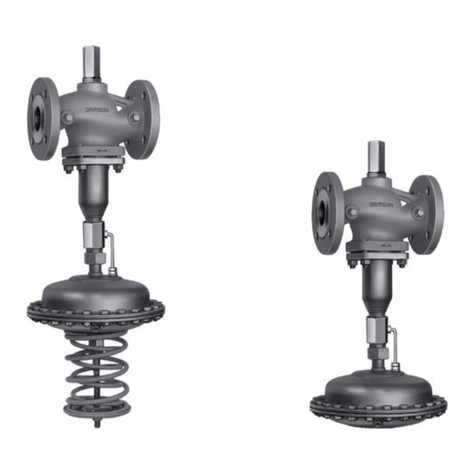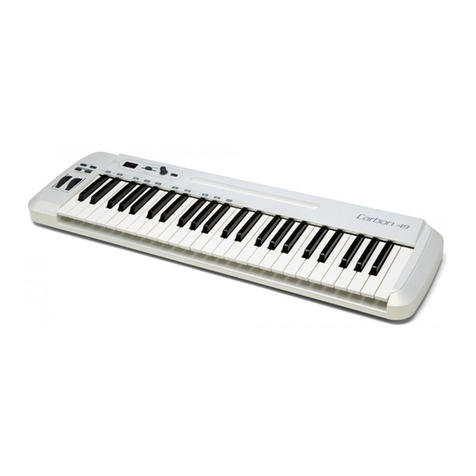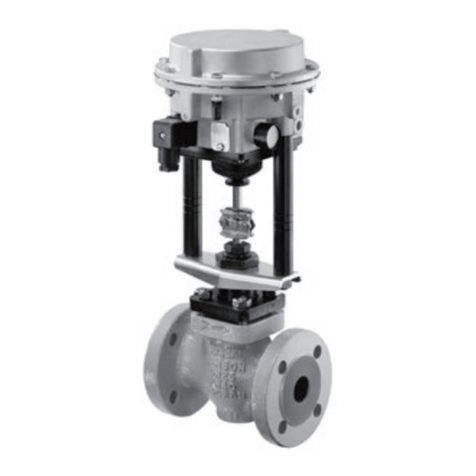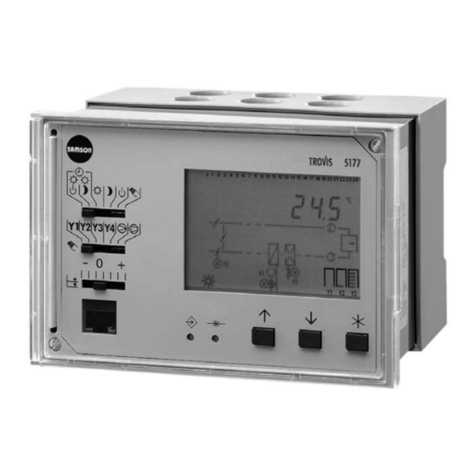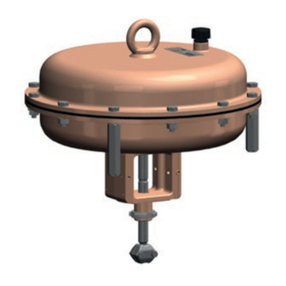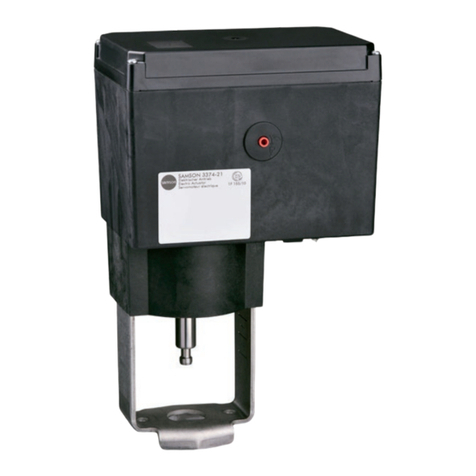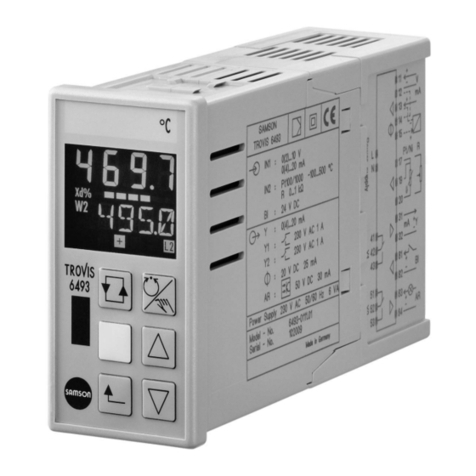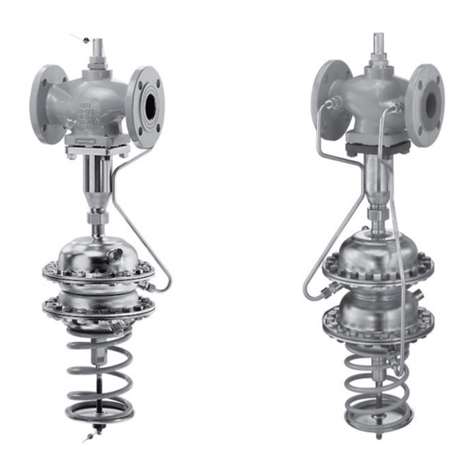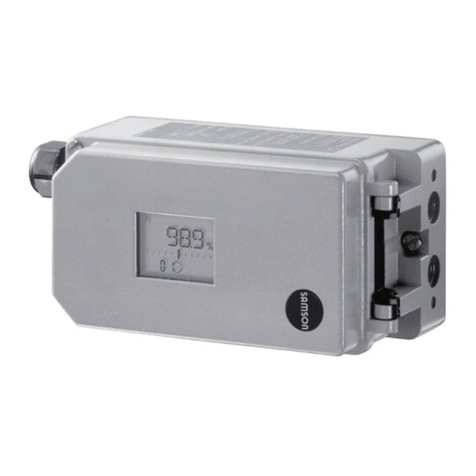Contents
EB 8384-2 EN 3
1 Important safety instructions ..........................................................................8
2 Article code...................................................................................................9
3 Design and principle of operation ................................................................10
3.1 Additional equipment...................................................................................11
3.2 Communication ...........................................................................................12
3.3 Technical data .............................................................................................13
4 Attachment to the control valve – Mounting parts and accessories .................20
4.1 Direct attachment.........................................................................................22
4.1.1 Type3277-5 Actuator ..................................................................................22
4.1.2 Type3277 Actuator .....................................................................................24
4.2 Attachment according to IEC60534-6...........................................................26
4.3 Attachment according to VDI/VDE3847 .......................................................28
4.4 Attachment to Type3510 Micro-ow Valve ....................................................34
4.5 Attachment to rotary actuators ......................................................................34
4.5.1 Heavy-duty version ......................................................................................36
4.6 Reversing amplier for double-acting actuators ..............................................38
4.6.1 Reversing amplier (1079-1118 or 1079-1119)............................................40
4.7 Attachment of external position sensor...........................................................42
4.7.1 Mounting the position sensor with direct attachment........................................43
4.7.2 Mounting the position sensor with attachment according to IEC60534-6 .........45
4.7.3 Mounting the position sensor to Type3510 Micro-ow Valve...........................46
4.7.4 Mounting on rotary actuators........................................................................47
4.8 Mounting the leakage sensor ........................................................................48
4.9 Attaching positioners with stainless steel housings...........................................49
4.10 Air purging function for single-acting actuators ..............................................49
4.11 Required mounting parts and accessories.......................................................50
5 Connections ................................................................................................55
5.1 Pneumatic connections..................................................................................55
5.1.1 Signal pressure gauges ................................................................................55
5.1.2 Supply pressure ...........................................................................................55
5.1.3 Signal pressure (output)................................................................................56
5.2 Electrical connections ...................................................................................56
5.2.1 Switching amplier ......................................................................................59
